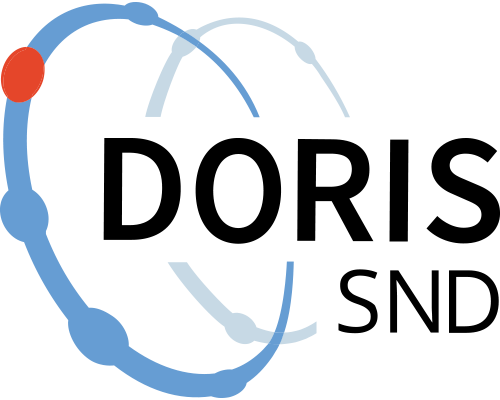High temporal resolution wet delay gradients estimated from multi-GNSS and microwave radiometer observations
https://doi.org/10.5878/fyt8-bs80
Abstract of the published paper using the dataset:
We have used one year (2019) of multi-GNSS observations at the Onsala Space Observatory on the Swedish west coast to estimate the linear horizontal gradients in the wet propagation delay. The estimated gradients are compared to the corresponding ones from a microwave radiometer. We have investigated different temporal resolutions from 5 min to one day. Relative to the GPS-only solution and using an elevation cutoff angle of 10° and a temporal resolution of 5 min the improvement obtained for the solution using GPS, Glonass, and Galileo data is an increase in the correlation coefficient of 11 % for the east gradient and 20 % for the north gradient. Out of all the different GNSS solutions, the highest correlation is obtained for the east gradients and a resolution of 2 h, while the best agreement for the north gradients is obtained for 6 h. The choice of temporal resolution is a compromise between getting a high correlation and the possibility to detect rapid changes in the gradient. Due to the differences in geometry of the observations, gradients which happen suddenly, are either not captured at all or captured but with much less amplitude by the GNSS data. When a weak constraint is applied in the estimation of process, the GNSS data have an improved ability to track large gradients, however, at the cost of increased formal errors.
Data files
Data files
Citation and access
Citation and access
Data access level:
Creator/Principal investigator(s):
- Tong Ning - The Swedish Mapping, Cadastral and Land Registration Authority
Research principal:
Data contains personal data:
No
Citation:
Language:
Method and outcome
Method and outcome
Data collection
Data collection
Geographic coverage
Geographic coverage
Administrative information
Administrative information
Topic and keywords
Topic and keywords
Relations
Relations
Publications
Publications
Metadata
Metadata
Version 1
